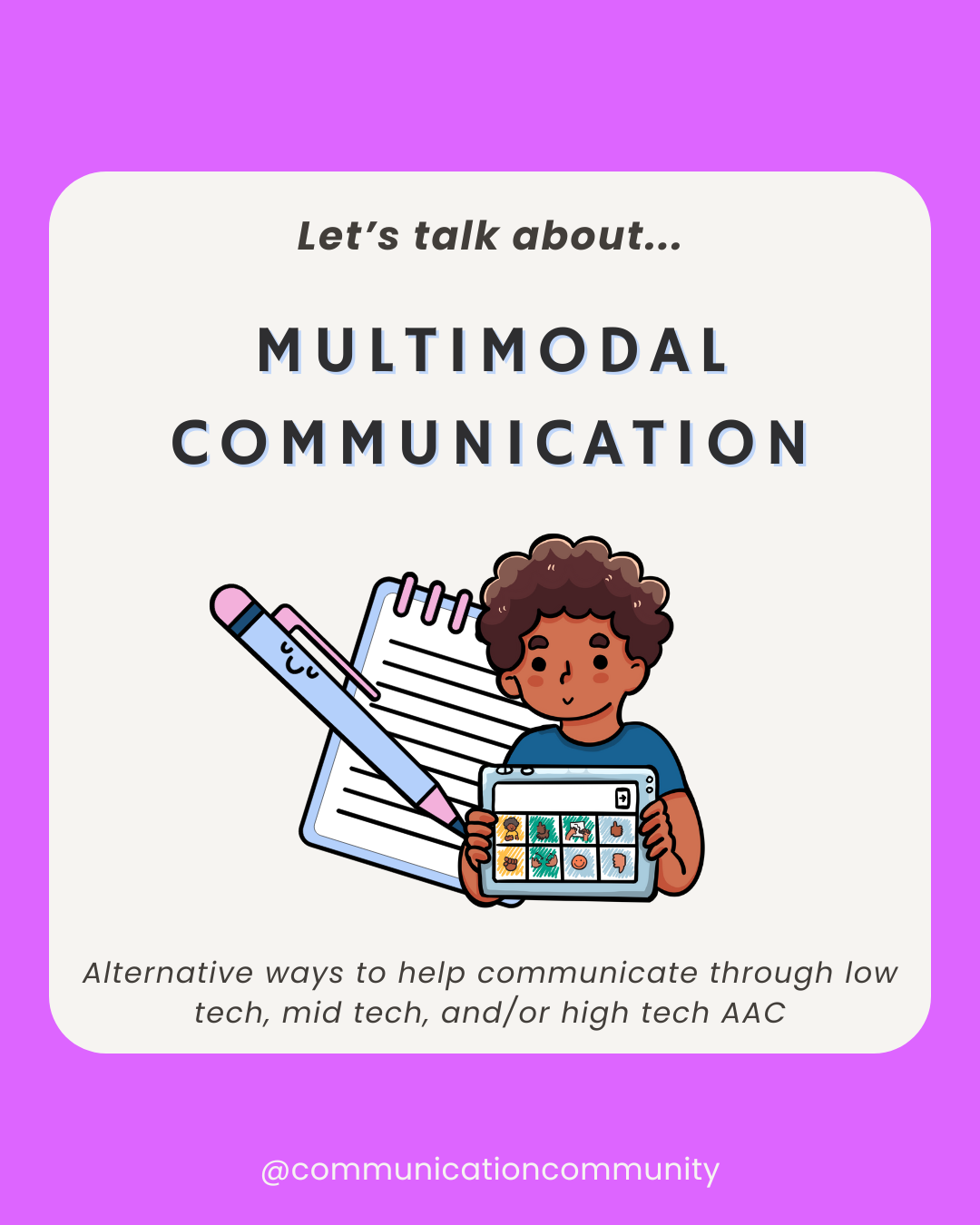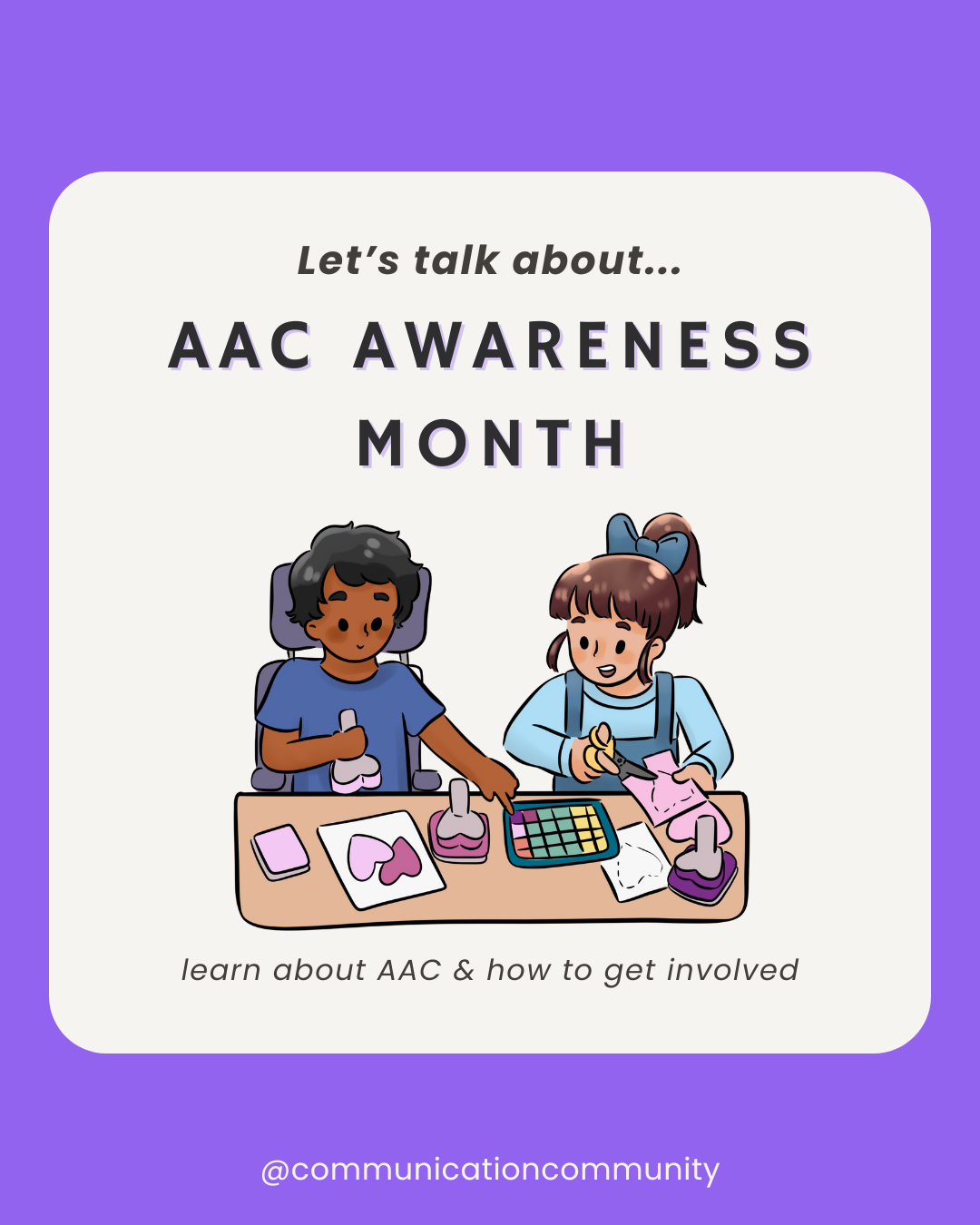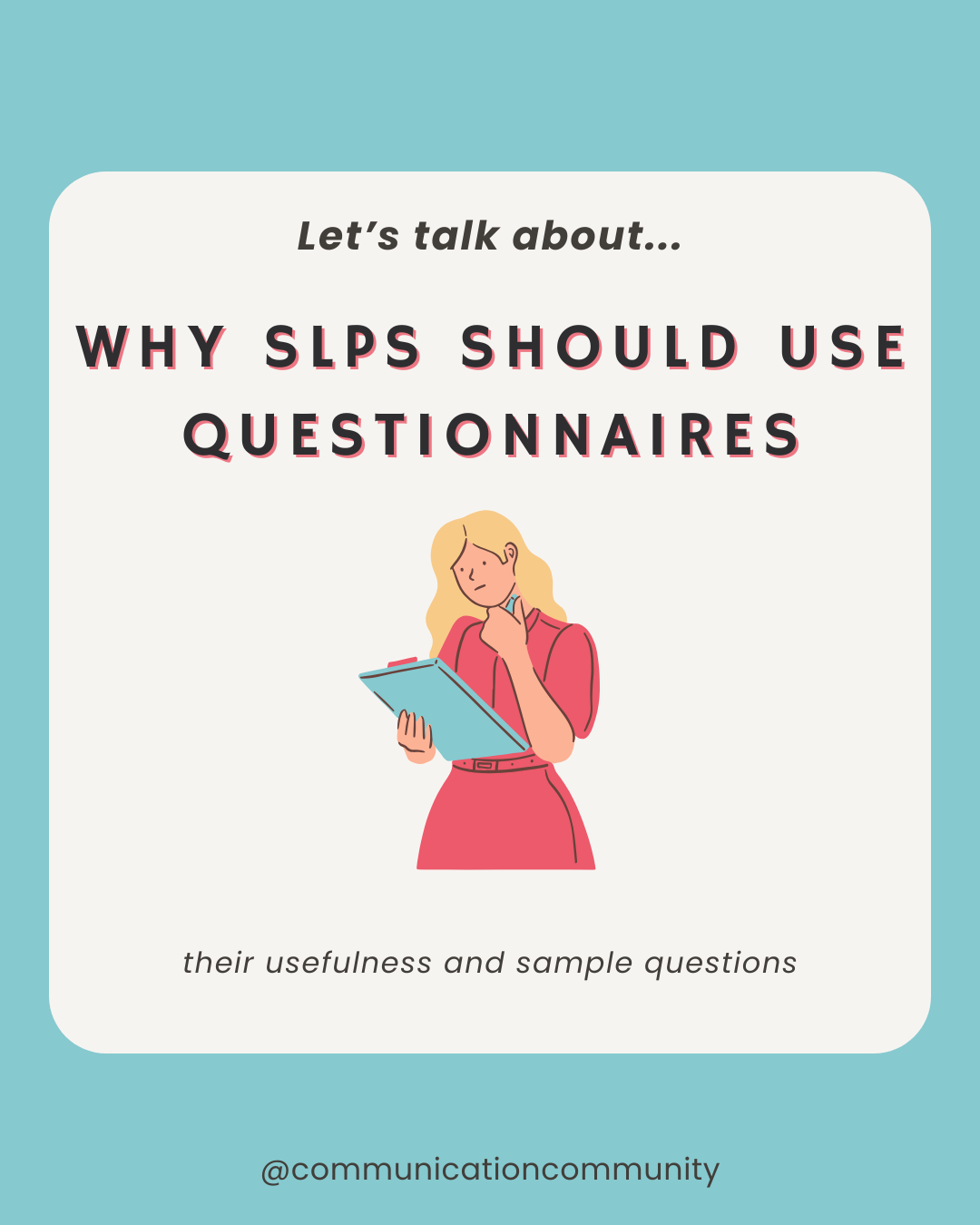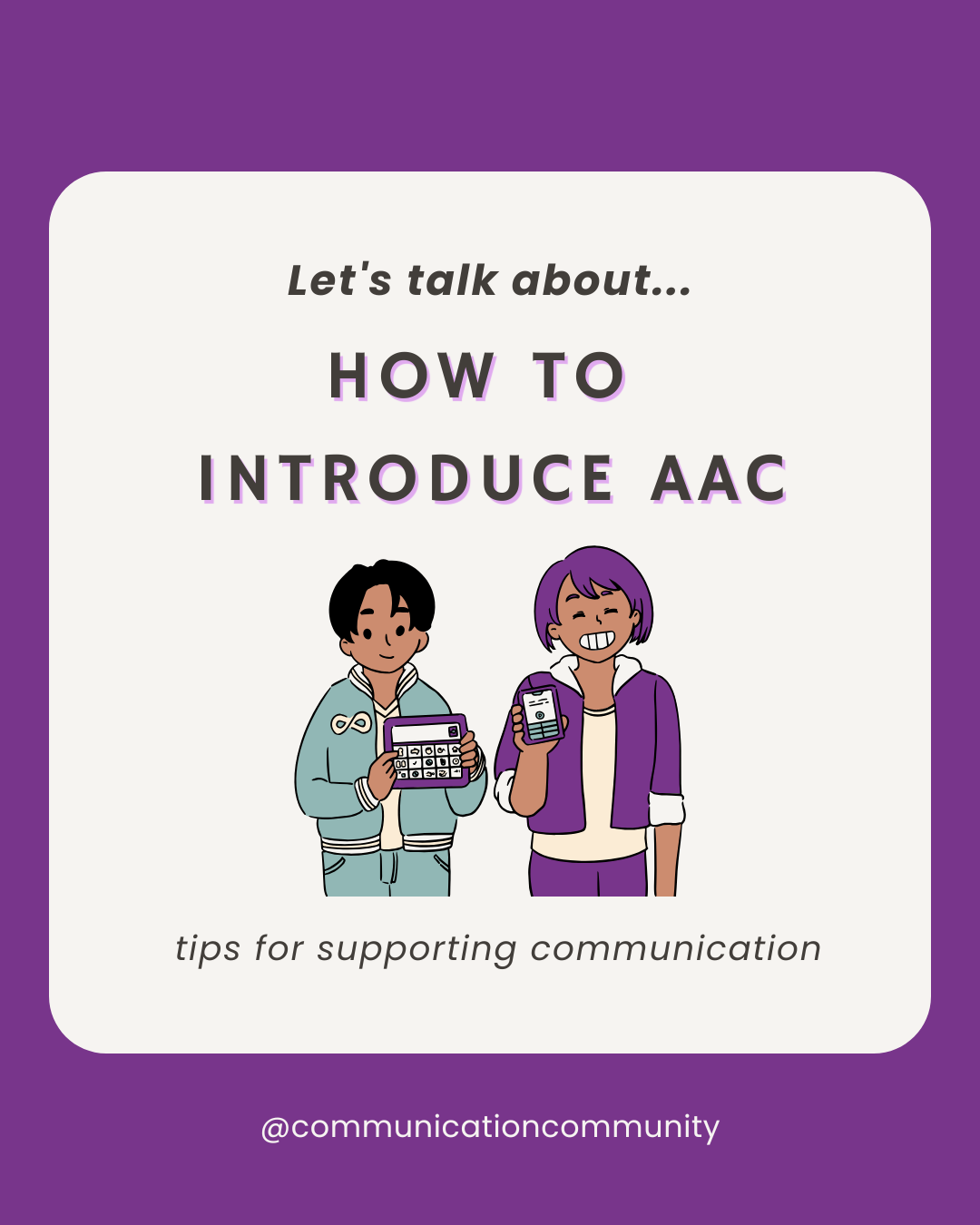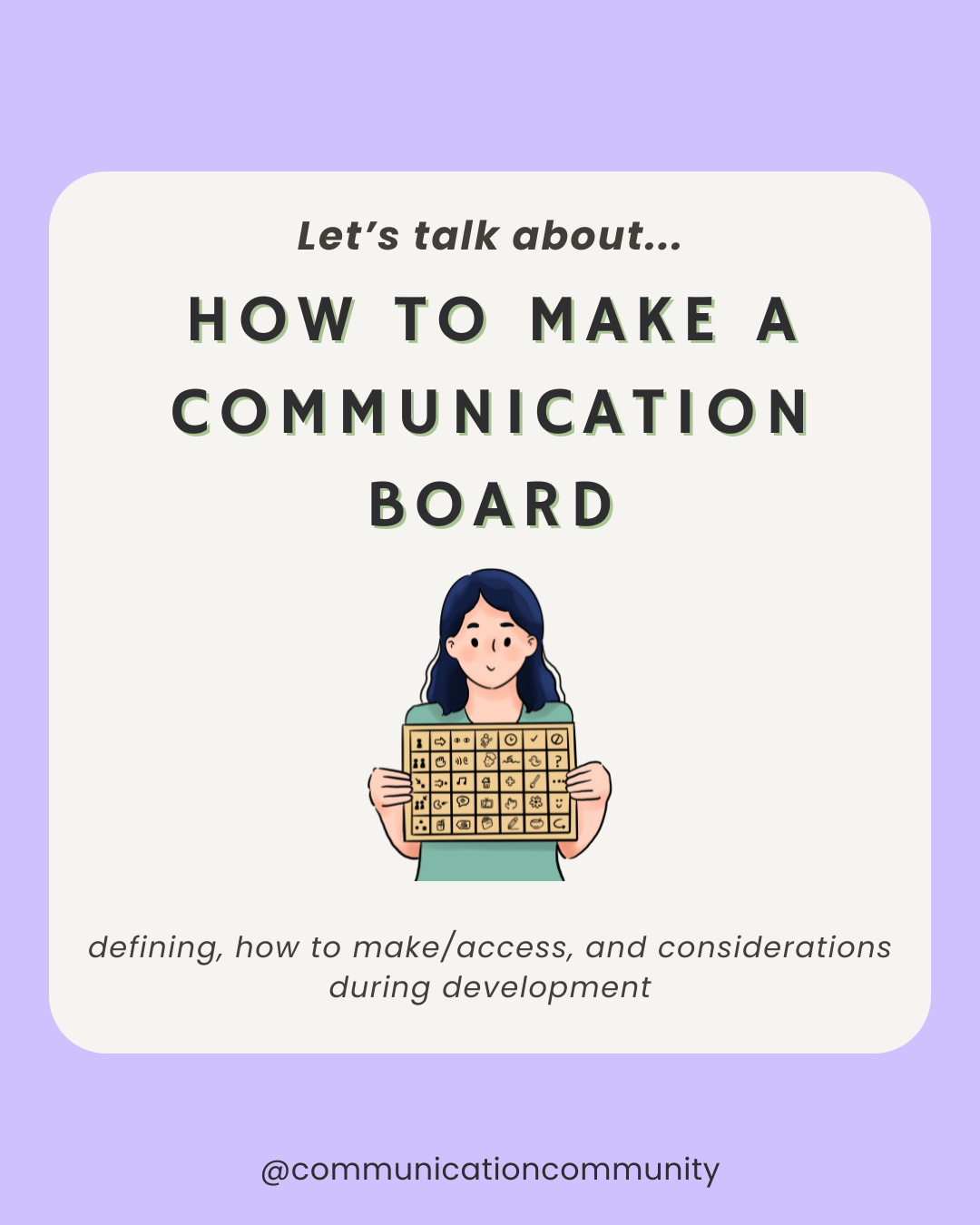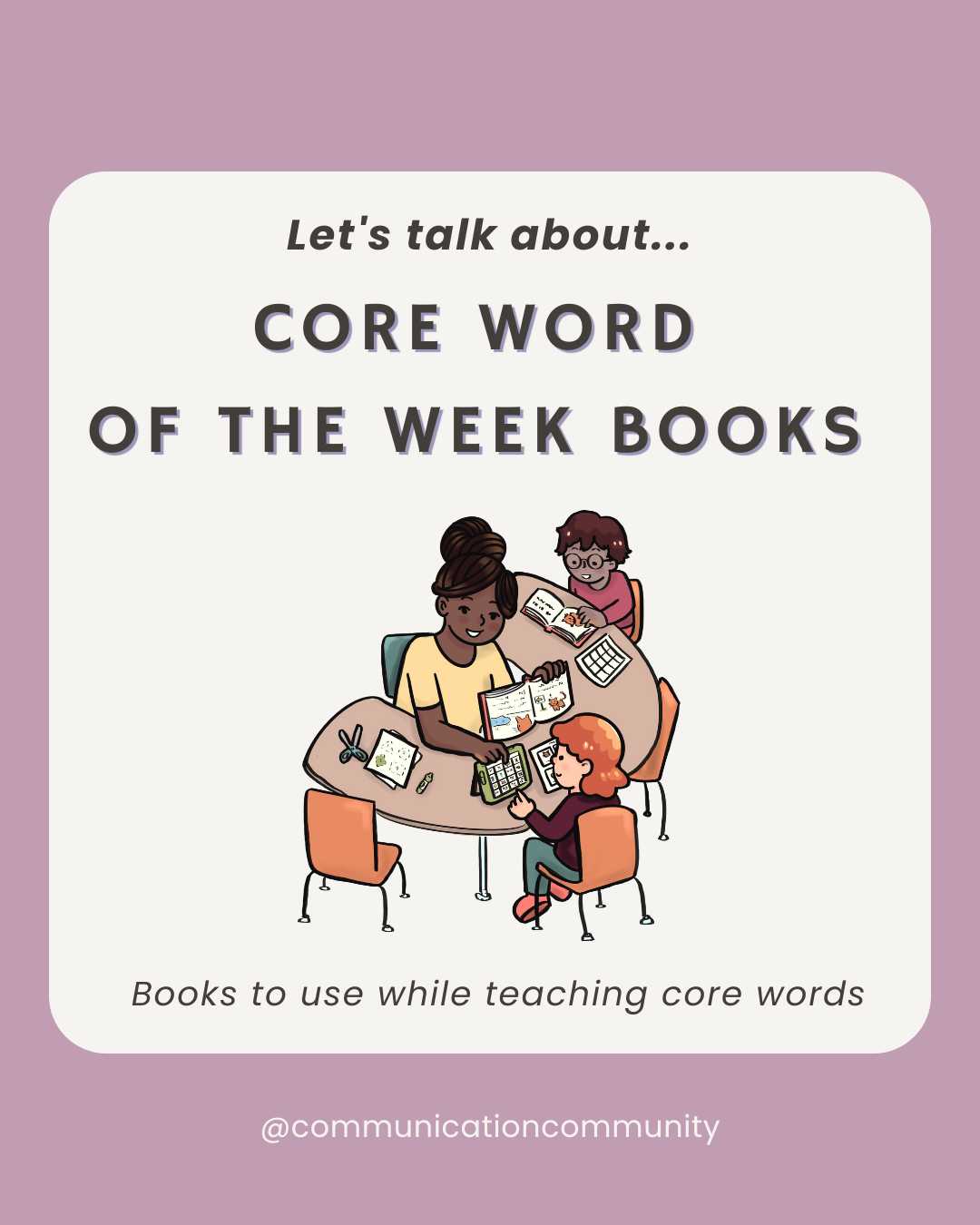What Is Multimodal Communication?
There are many different modes of communication, from verbal language to written language to sign language to the use of speech-generating devices. You can also communicate through gestures and body language. Nearly everyone communicates multimodally, but the term multimodal communication is often associated with individuals who have complex communication needs (CCN).
Individuals with CCN are unable to use spoken language to meet their communication needs due to congenital or acquired disabilities (Therrien & Light, 2018). They may not have the ability to speak in a way that is understood or write complete messages. They often use alternative ways to help them communicate, which may be through low tech, mid tech, and/or high tech AAC.
Multimodal communication is the approach that an individual can communicate through a variety of methods; this may include using a combination of speaking phrases, writing words down, and using a high tech AAC device. It may also include using drawings, gestures, facial expressions, symbols, pictures, and more to communicate messages.
Who Uses Multimodal Communication?
Adults and children may have CCN due to having a motor speech disorder, aphasia, brain injury, autism spectrum disorder (ASD), developmental disorder, or various genetic abnormalities. These individuals may have neurological or anatomical differences that impact their ability to communicate effectively. They may not be able to speak fluently or articulate precisely. They may not be able to write effectively (though sometimes, writing is an alternative form of communicating). Because of this, they may use alternative methods to most effectively communicate.
Why Use Multimodal Communication?
Everyone has the right to communicate, and everyone should be able to communicate their thoughts, ideas, wants, and needs. Someone who is unable to speak their message clearly shouldn’t prevent them from being able to share their message with others. This may be as simple as requesting a toy to play with to as complex as sharing their deep thoughts and beliefs.
Having alternative, or multimodal, ways to communicate can also help an individual be more independent.
- If someone has non-fluent aphasia and has difficulty speaking in full sentences, they may use a high tech AAC device or just pen and paper when looking or asking for something at a store or talking to their doctor at an appointment.
- Someone may point to the kitchen or make the sign for food to indicate that they are hungry rather than waiting for someone to ask if they’re hungry or give them food.
Where Do You Use Multimodal Communication?
Individuals can use multimodal communication everywhere! They may need different ways to communicate in homes, schools, hospitals, stores, playgrounds, or anywhere they go.
How Do You Determine What Type of Communication Method(s) To Use?
The most important thing to do when determining communication methods to use is to keep the individual with CCN at the forefront of your mind. You should take into consideration what communication methods they can use, what they like to use, and what they want to use. If you are a speech-language pathologist (SLP), there are a variety of assessment tools that you can use. If you are an individual with CCN or caregiver to someone with CCN, we advise you to reach out to an SLP for communication support. A primary care physician or insurance company may be able to help you find one.
What Are Some Examples of Multimodal Communication?
There are many types of AAC, including aided and unaided systems. Unaided systems, which are sometimes referred to as no tech AAC, include the use of facial expressions and manual signs/gestures to communicate. Aided systems, which include low tech, mid tech, and high tech AAC, include the use of communication boards and speech-generating devices.
No Tech (Unaided) AAC Examples:
- Manual signs, e.g., ASL
- Nodding head, shaking head
- Blinking eyes, closing eyes, looking up and/or down with eyes
- Thumbs up, thumbs down
- Waving
- Turning head to left or right
- Shaking hand
- Pointing with finger/hand
- Moving/kicking legs
- Clapping hands, snapping fingers
Low Tech (Aided) AAC Examples
- Pen and paper: An individual can write or draw their messages. A portable whiteboard or Boogie Board (LCD tablet) is another option.
- Alphabet board: An individual can point to letters/numbers to spell their message for their communication partner (i.e. someone an individual communicates with on a regular basis, whether it be a parent, caregiver, nurse, etc.).
- Core words board: A few basic symbols an individual can point to in order to communicate their message. Core words boards are typically laminated pieces of paper.
- Pictures/symbols: A few symbols (similar to those on a core words board) on different cards or laminated squares an individual can hand to their communication partner to communicate their message.
- Communication book: Multiple pages of symbols, often grouped by category (e.g., food, toys, places) with familiar vocabulary to the individual to whom it belongs.
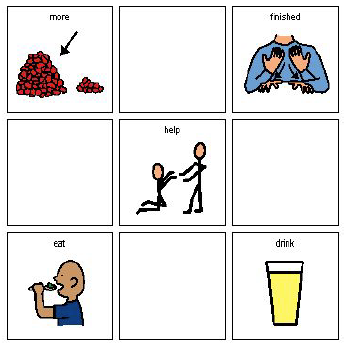
Mid Tech (Aided) AAC Examples
- Single button: something like a Big Mack, which can speak a single, pre-programmed message (e.g. "I want a drink")
- Single overlay displays: something like a GoTalk, with a limited number of pre-programmed messages.
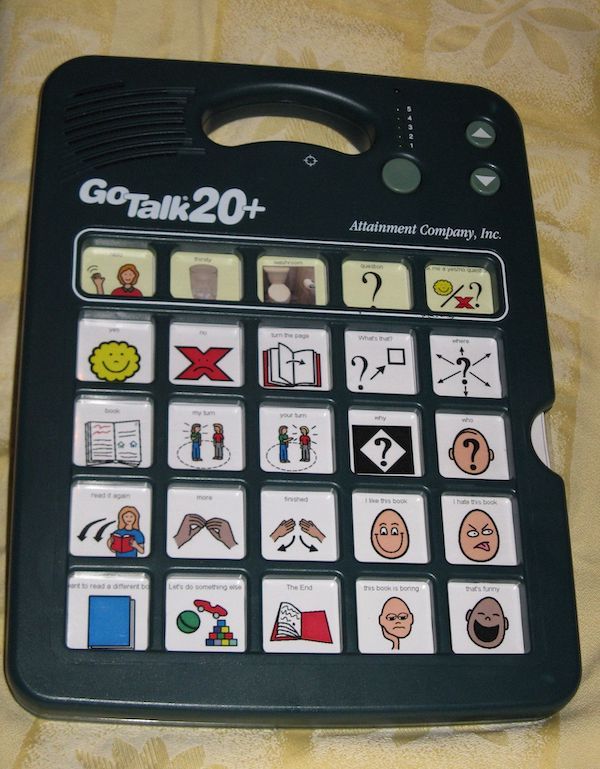
High Tech (Aided) AAC Examples
- A tablet with a software program for communication. This program may have multiple pages and folders (e.g. pressing “School” brings you to a page with school vocabulary, pressing “Food” brings you to a page with food options).
- A computer that has software programs that allow you to type, control a mouse, send emails, and browse the Internet.
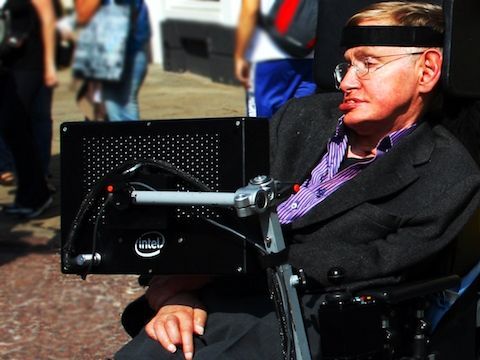
Looking for more AAC resources?
We have created a number of great AAC resources!
AAC Goal Bank
Check out this comprehensive goal bank, with THOUSANDS of goal possibilities that cover all areas of AAC. It's excellent for individuals of all ages. These goals include linguistic (receptive and expressive), social, literacy, and general device competency areas.

Core Word of the Week
We have several different activities that can be used to target the core word GO. You may choose to use all of these activities in speech therapy sessions or just a couple. These activities can also be shared with other educators and caregivers so they can participate in them outside of speech therapy sessions. More "Core Word of the Week" activities are coming soon!
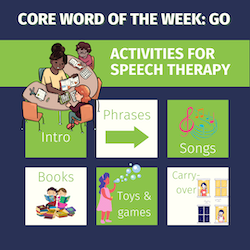
Aided Language Stimulation
Aided Language Stimulation, sometimes known as Aided Language Input, is a method of modeling language using an AAC device while an AAC user is observing. The purpose of it is to build communication skills using an AAC device. Read our article to learn 10 ways to provide Aided Language Stimulation.
Citations/Further Resources
https://www2.asha.org/articlesummary.aspx?id=8589969611
https://pubs.asha.org/doi/10.1044/persp2.SIG12.116

